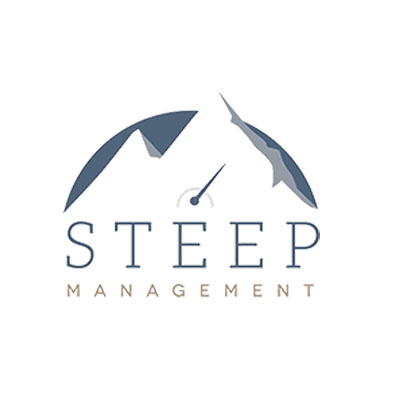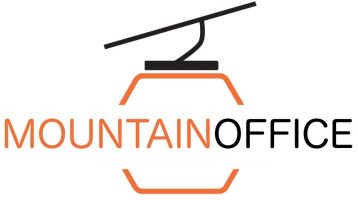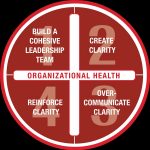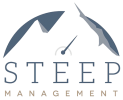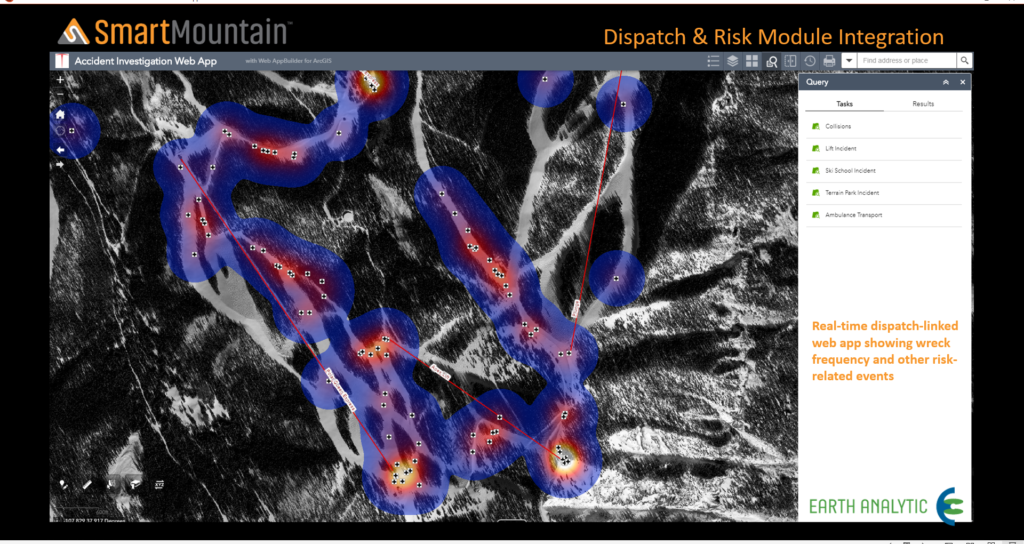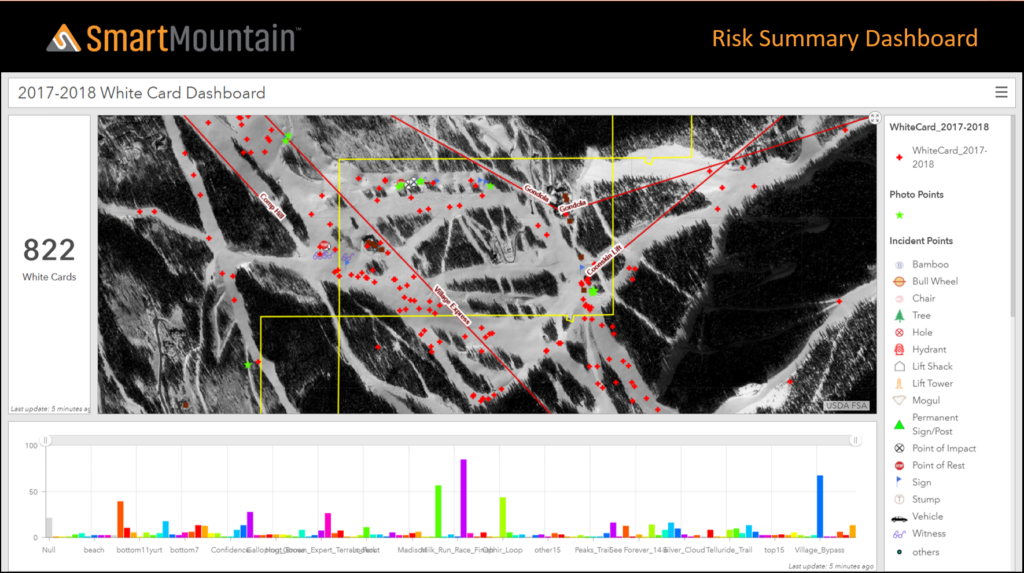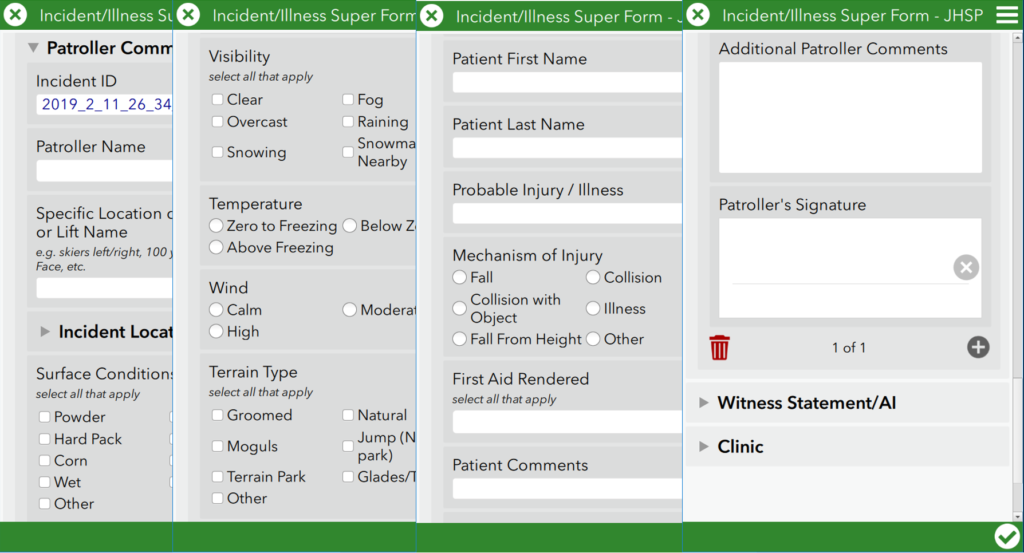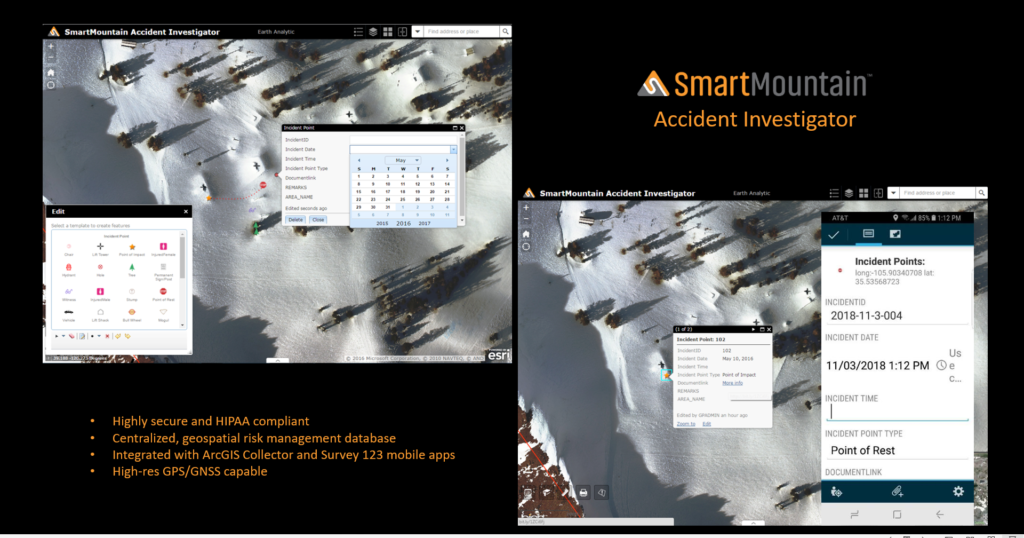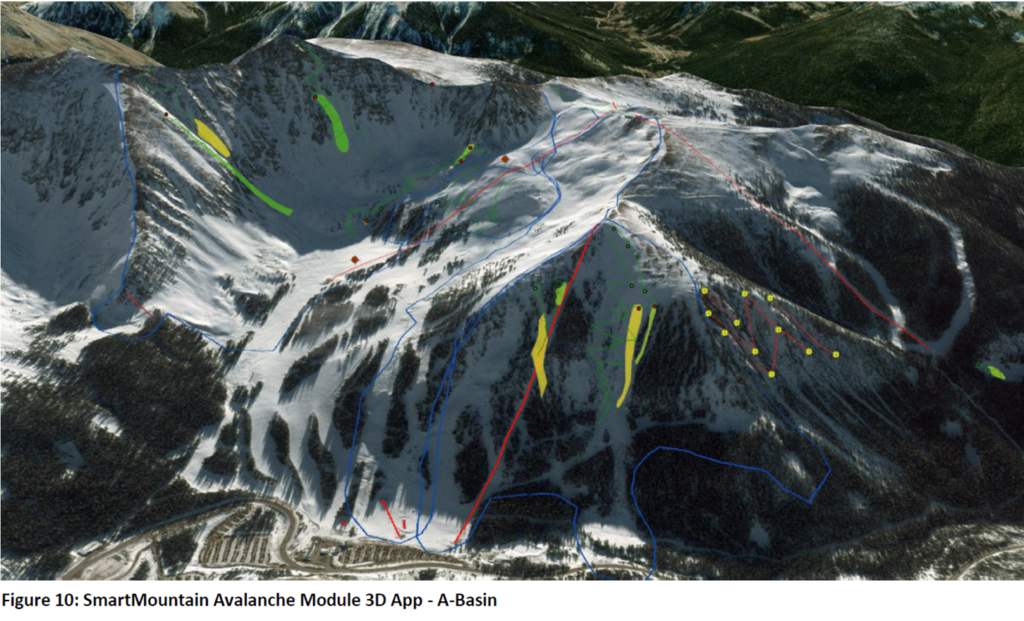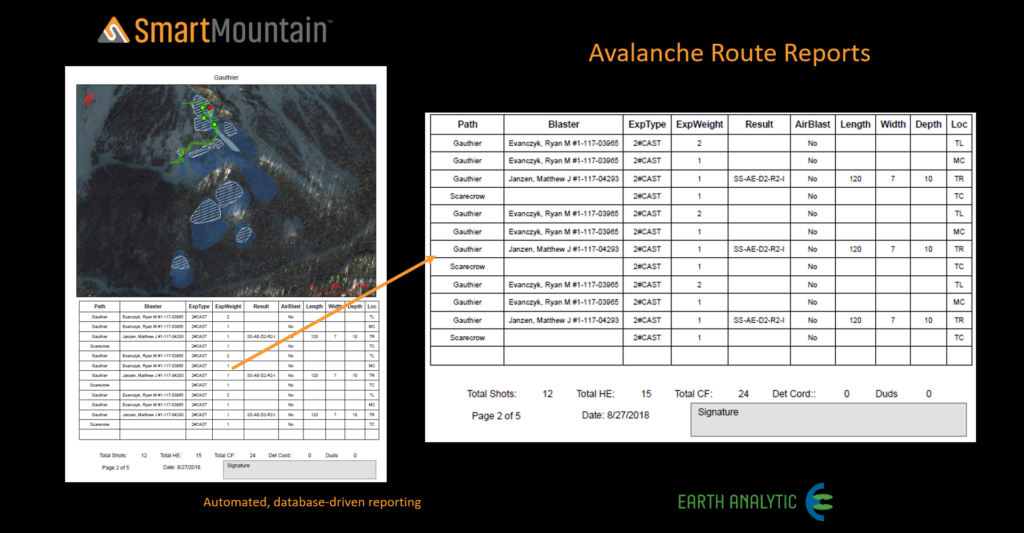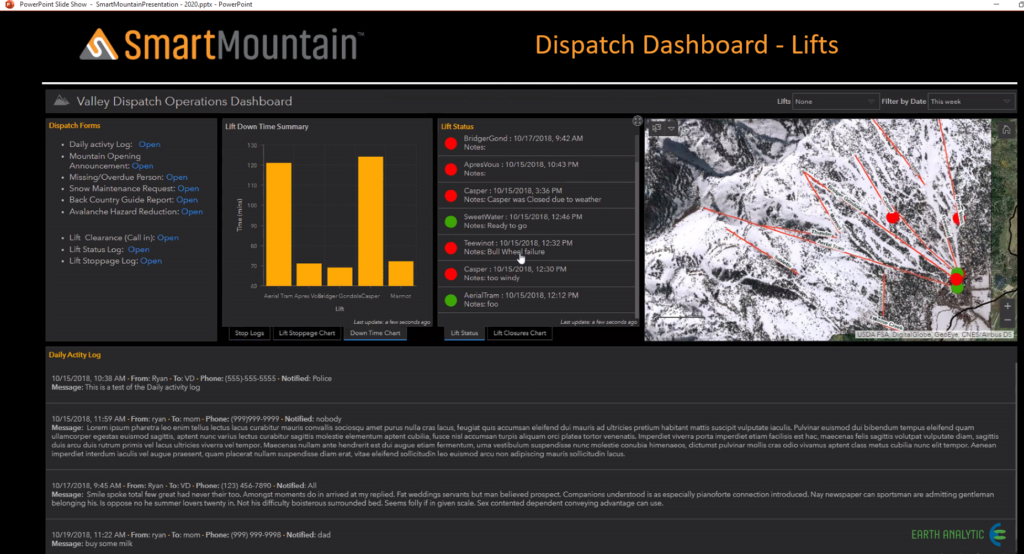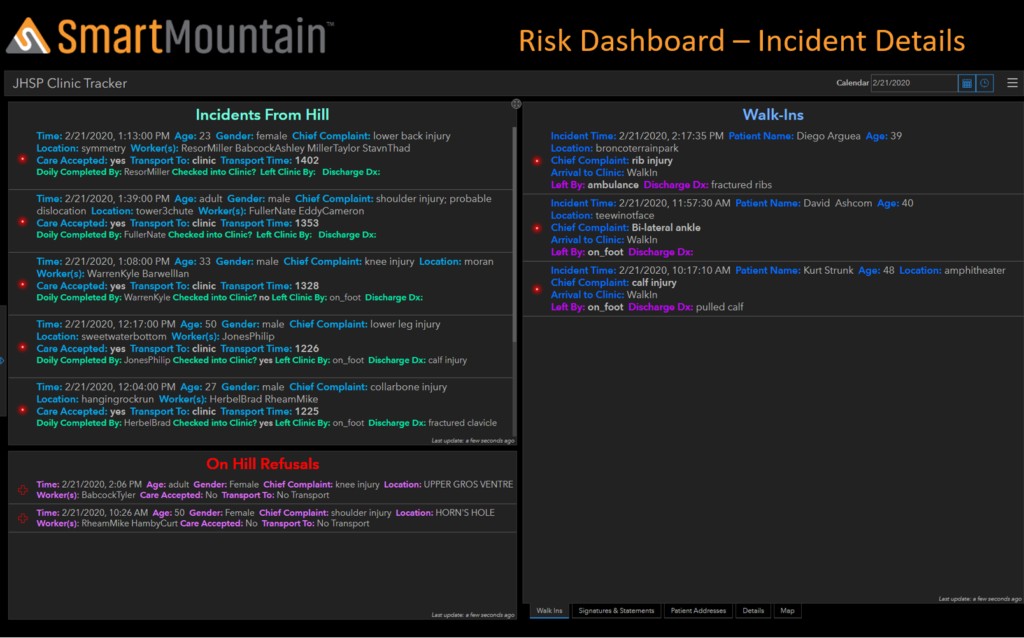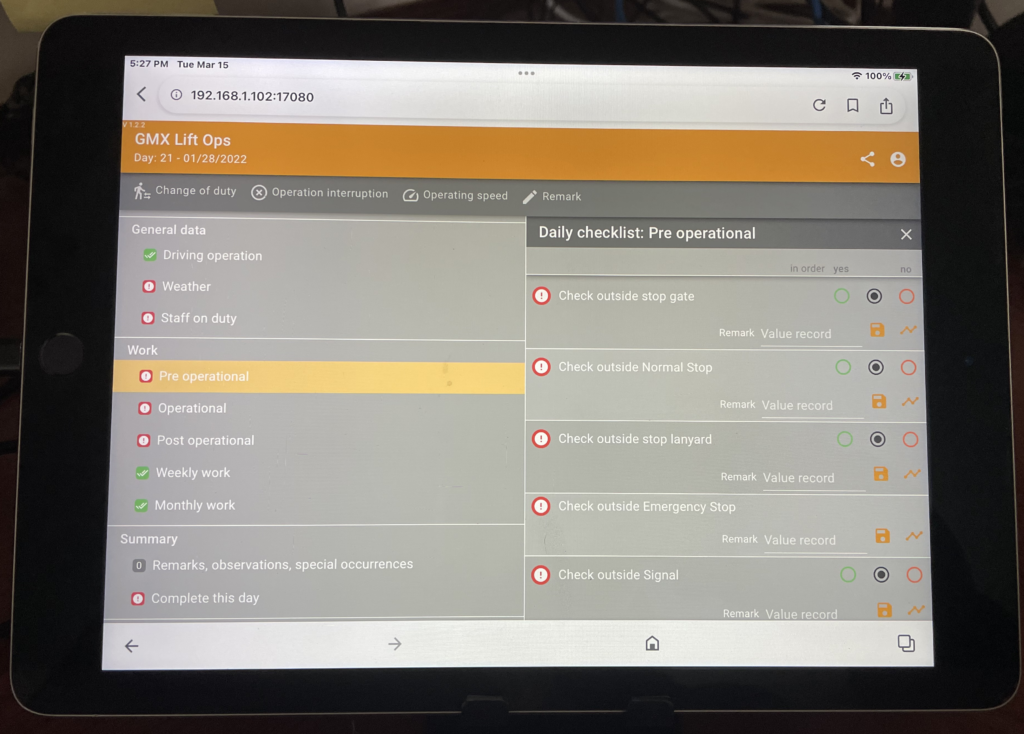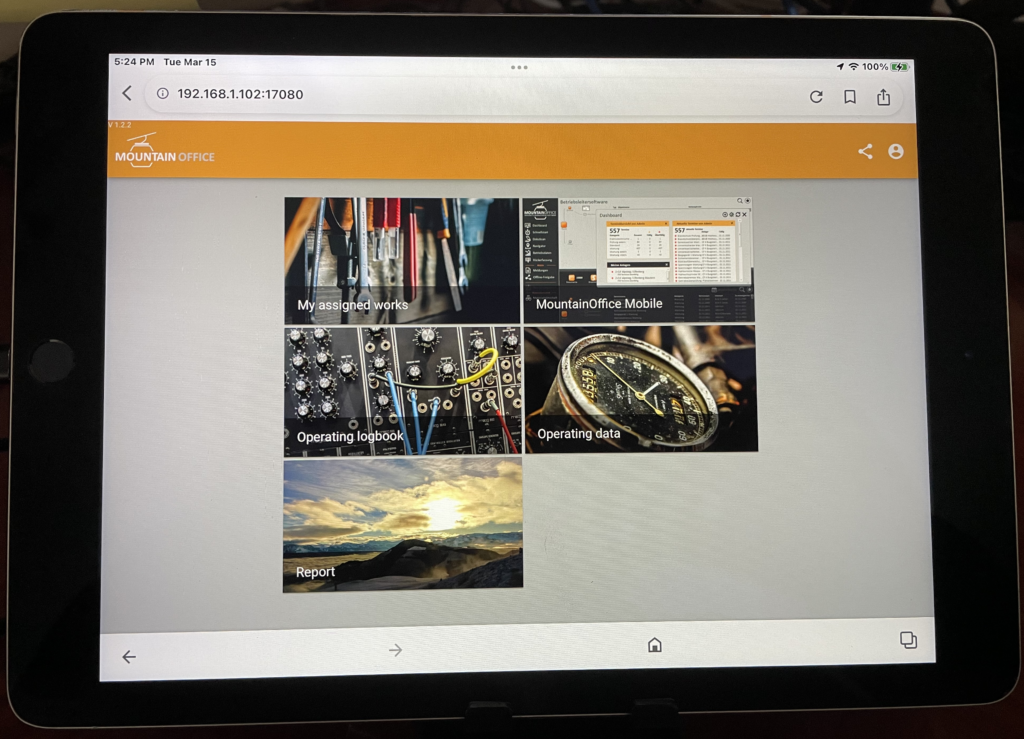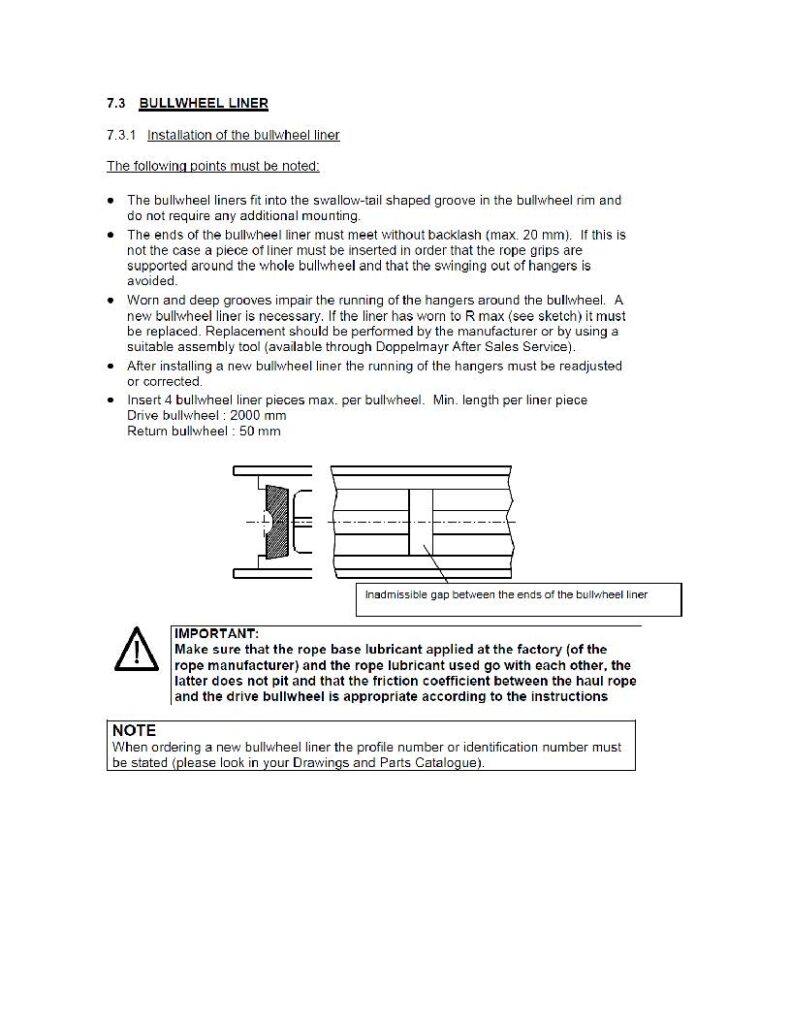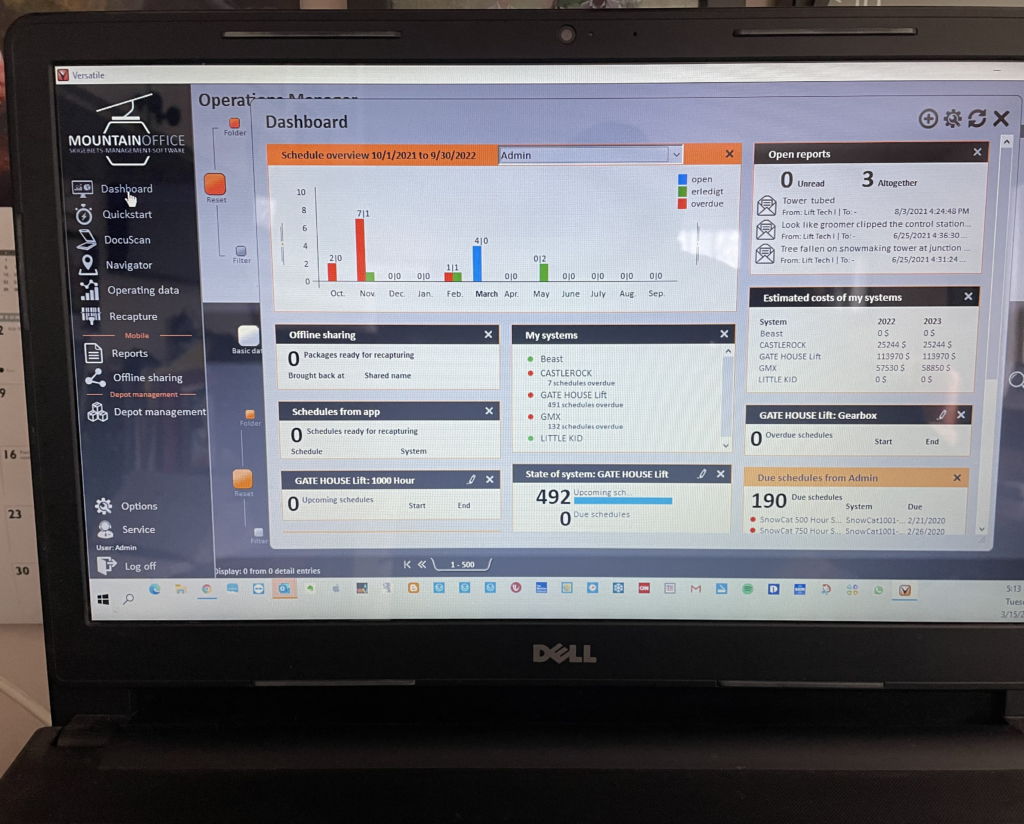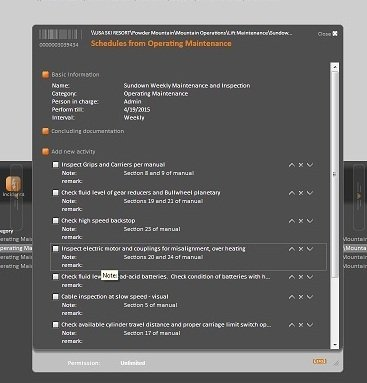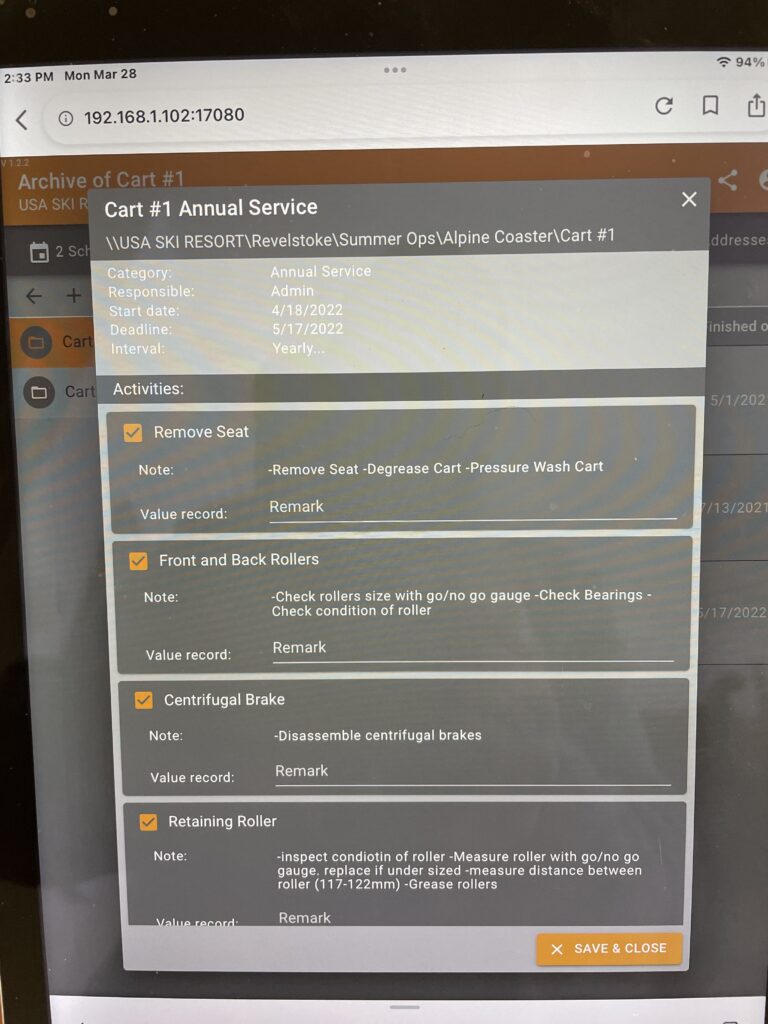Lift Maintenance Training isn’t just important to any ski area, it is vital.
Speaking in support of lift maintenance training is something I have done several times in the Steep Newsletter. I can’t always say I was an advocate for such training. During my leadership years at the helm of either Mad River Glen or Sugarbush, I fully supported maintenance but never really took the time to fully assess the onsite skills and the training that was being done.
Here is my thinking today
The Importance of Training and Development in the Workplace
Lift Maintenance Training isn’t just important to any ski area, it is vital.
Although there are many categories of training such as management training and or sales training, employees with lift maintenance skills are an important asset to any ski area.
But what does training and development, mean to your ski area?
Training presents a prime opportunity to expand the knowledge base of all lift maintenance technicians, but many ski areas in the current climate find development opportunities expensive. Technicians attending training sessions also miss out on work time which may burden the workload. However, despite these potential drawbacks, training and development provides both the individual and ski areas as a whole with benefits that make the cost and time a worthwhile investment. The return on investment from training and development of lift maintenance is really a no brainer.
So what are the benefits?
Improved technician performance – the technician who receives the necessary training is more able to perform in their job. The training will give the technician a greater understanding of their responsibilities within their role, and in turn build their confidence. This confidence will enhance their overall performance, and this can only benefit the ski area. Technicians who are competent and on top of changing industry standards help your company hold a position as a leader and strong competitor within the industry.
Improved employee satisfaction and morale – the investment in training that a company makes shows employees that they are valued. The training creates a supportive workplace. Technicians may gain access to training they wouldn’t have otherwise known about or sought out themselves. Technicians who feel appreciated and challenged through training opportunities may feel more satisfaction toward their jobs.
Addressing weaknesses – Most technicians will have some weaknesses in their workplace skills. A training program allows you to strengthen those skills that each technician needs to improve. A development program brings all technicians to a higher level, so they all have similar skills and knowledge. This helps reduce any weak links within the ski area who rely heavily on others to complete basic work tasks. Providing the necessary training creates an overall knowledgeable staff with technicians who can take over for one another as needed, work on teams or work independently without constant help and supervision from others.
Consistency – A robust training and development program ensures that technicians have a consistent experience and background knowledge. The consistency is particularly relevant for the company’s basic policies and procedures. All technicians need to be aware of the expectations and procedures within the company. Increased efficiencies in processes results in financial gain for the ski area.
Increased productivity and adherence to quality standards – Productivity usually increases when a ski area implements training courses. Increased efficiency in processes will ensure lift reliability success which in turn will improve the ski area customer satisfaction and perception in the marketplace.
Increased innovation in new strategies and products – Ongoing training and upskilling of the workforce can encourage creativity. New ideas can be formed as a direct result of training and development.
Reduced technician turnover – staff are more likely to feel valued if they are invested in and therefore, less likely to change employers. Training and development is seen as an additional company benefit. Recruitment costs therefore go down due to staff retention.
Enhances ski area reputation and profile – Having a strong and successful training strategy helps to develop your employer brand and make your ski area a prime consideration for graduates and mid-career changes. Training also makes a ski area more attractive to potential new recruits who seek to improve their skills and the opportunities associated with those new skills. Training can be of any kind relevant to the work or responsibilities of the individual and can be delivered by any appropriate method.
Training could/should include:
- On-the-job learning – every lift maintenance department should have this built into their operating budget
- Mentoring schemes – please use as a lot of talent is aging out
- In-house training – every lift maintenance department should have this built into their operating budget
- Individual study – Colorado Mountain College (CMC) and the National Ski Areas Association (NSAA) are delivering online education for lift mechanics at NSAA member resorts across the country; https://www.nsaa.org/NSAA/Lifts/CMC_Lift_Maintenance_Program.aspx. This new online curriculum is being offered free of charge to help increase the lift maintenance knowledge at your ski area and supplement existing educational opportunities.
- Industry seminars – Lift Maintenance Seminars ,LMS, Rocky Mountain Lift Association, RMLA.
Blended learning is only available through NSAA and CMC. Blended Learning is the effective combination of online learning and classroom learning. Many ski areas prefer their staff to learn on-site rather than attend off-site training programs. On-site learning programs like the blended learning approach, allow ski areas to train more people working.
The importance of training your technicians – both new and experienced – really cannot be overemphasized.
